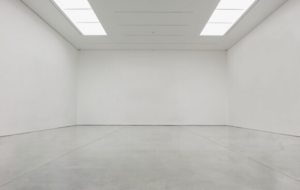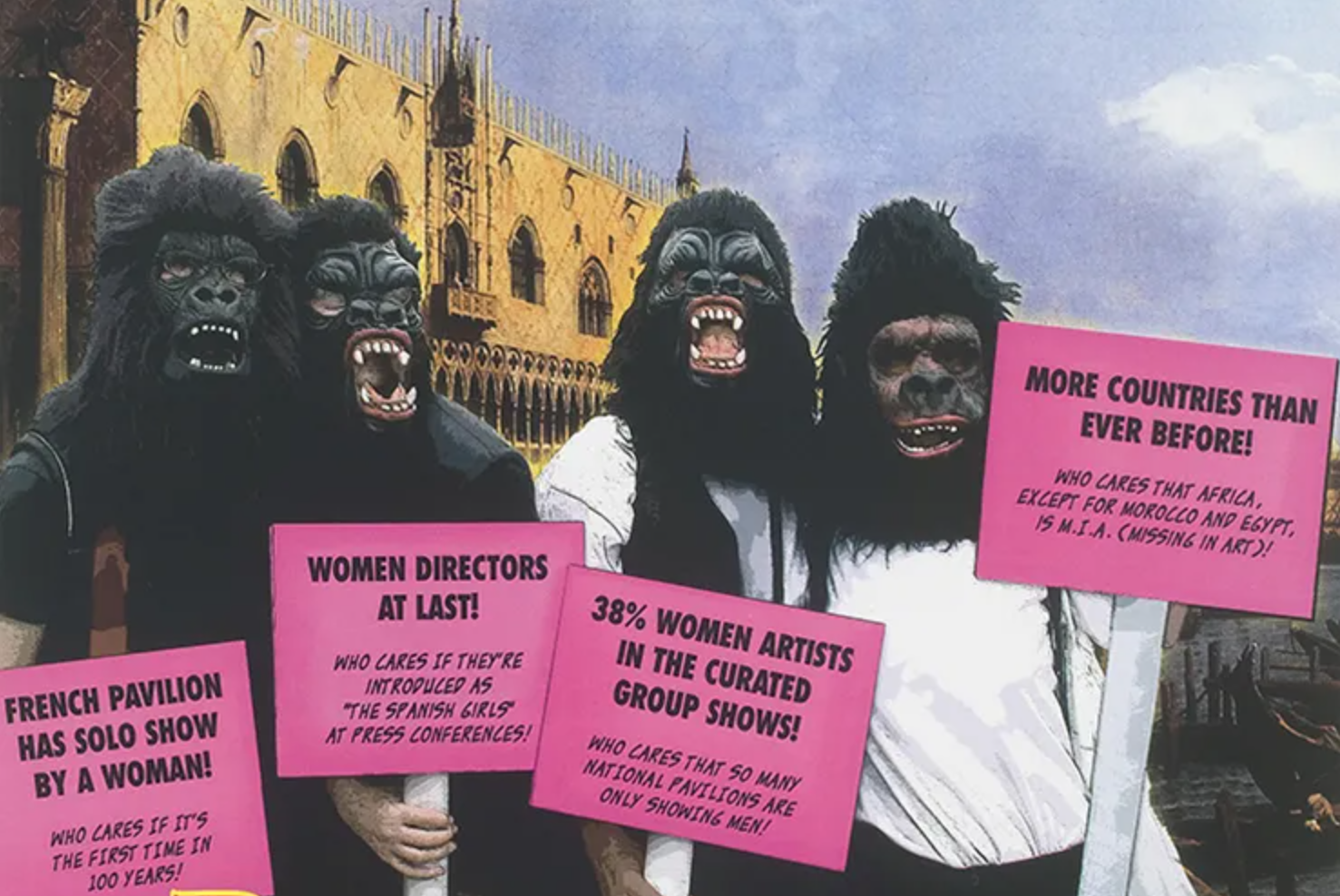Last week, The Sleepwalkers refined our manifesto, deepening our focus on mobility, accessibility, and collective decision-making. Rejecting the static white cube, we embrace a nomadic exhibition format that fosters inclusivity and fluidity, allowing exhibitions to take shape organically in response to their context. Inspired by Claire Bishop’s critique of participatory art (2012), we prioritize process over product, ensuring that adaptability remains central to our curatorial approach. This shift challenges conventional notions of authorship and exhibition-making, reinforcing the idea that curatorial practice should be dynamic rather than predetermined.

White Cube Mason’s Yard. Courtesy of White Cube. E-Flux, “Call for Entries: Open Cube,” accessed February 16, 2025. https://www.e-flux.com/announcements/187006/call-for-entries-open-cube/.
A key debate centered on the Peep Show format, which explores visibility, spatial layering, and restricted viewpoints. While conceptually rich, we agreed it should remain an optional strategy rather than a defining rule, ensuring that it does not impose unnecessary limitations on our curatorial framework. This discussion reaffirmed our commitment to flexibility, allowing each project to dictate its own spatial and conceptual needs.
Our governance model remains democratic, ensuring shared authorship and decision-making, echoing Grant Kester’s dialogical aesthetics (2011). Our approach also aligns with Guerrilla Girls’ institutional critique and Raqs Media Collective’s nomadic methodology, emphasizing research-driven, evolving curatorial practices (Raqs Media Collective 2013). By drawing from these influences, we continuously re-evaluate the power structures embedded within exhibition-making, advocating for more responsive and participatory models.
Moving forward, we will finalize our ten manifesto principles, striking a balance between experimentation and coherence. As Sleepwalkers, we remain in motion—always exploring, always evolving, questioning the boundaries of contemporary exhibition-making and reimagining what it means to curate in an ever-changing landscape.
References
1、Bishop, Claire. Artificial Hells: Participatory Art and the Politics of Spectatorship. London: Verso, 2012.
2、Kester, Grant. The One and the Many: Contemporary Collaborative Art in a Global Context. Durham, NC: Duke University Press, 2011.
3、Raqs Media Collective. Seepage: Culture, State, and the Art of War. Delhi: Sternberg Press, 2013.



Leave a Reply